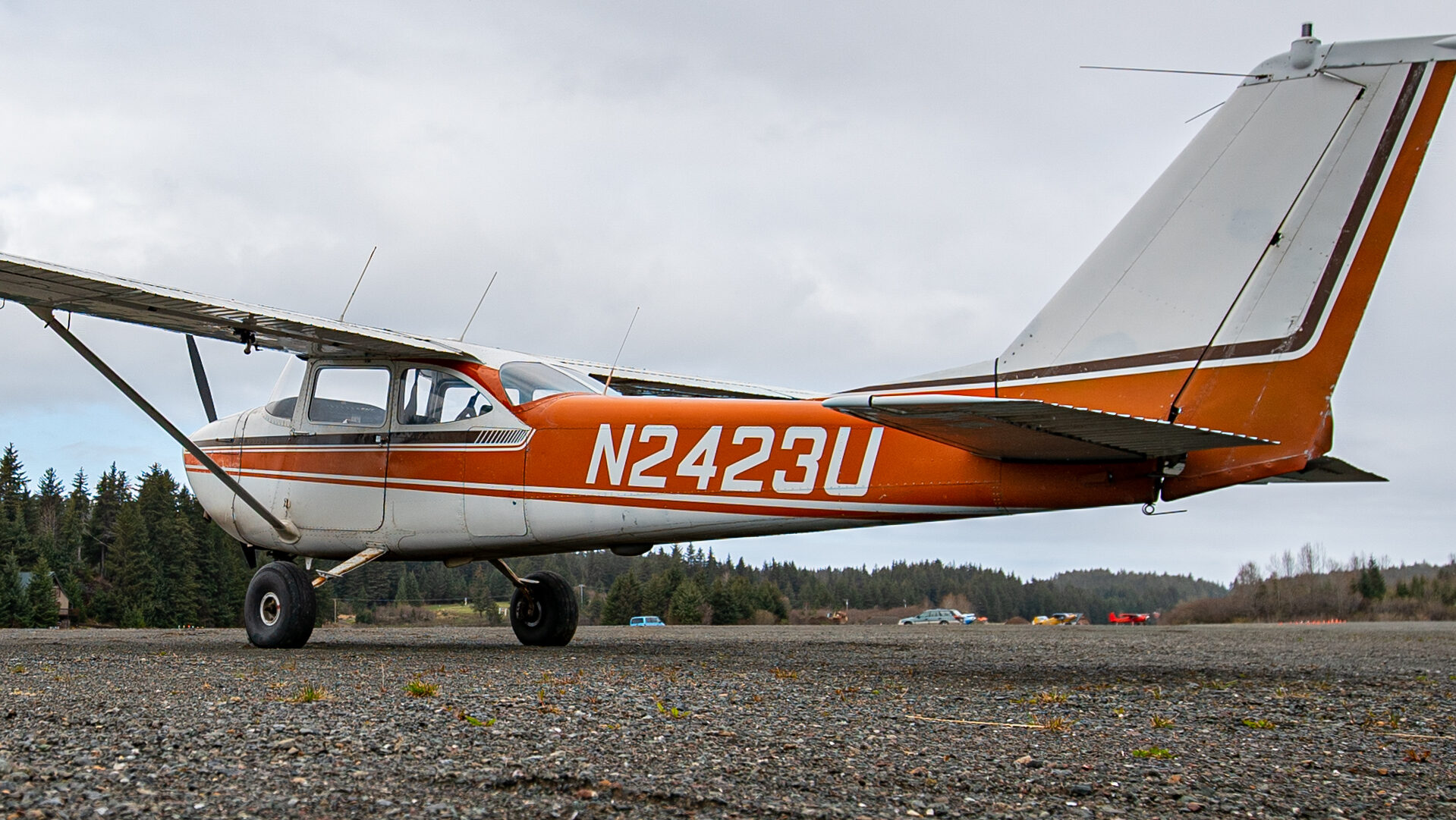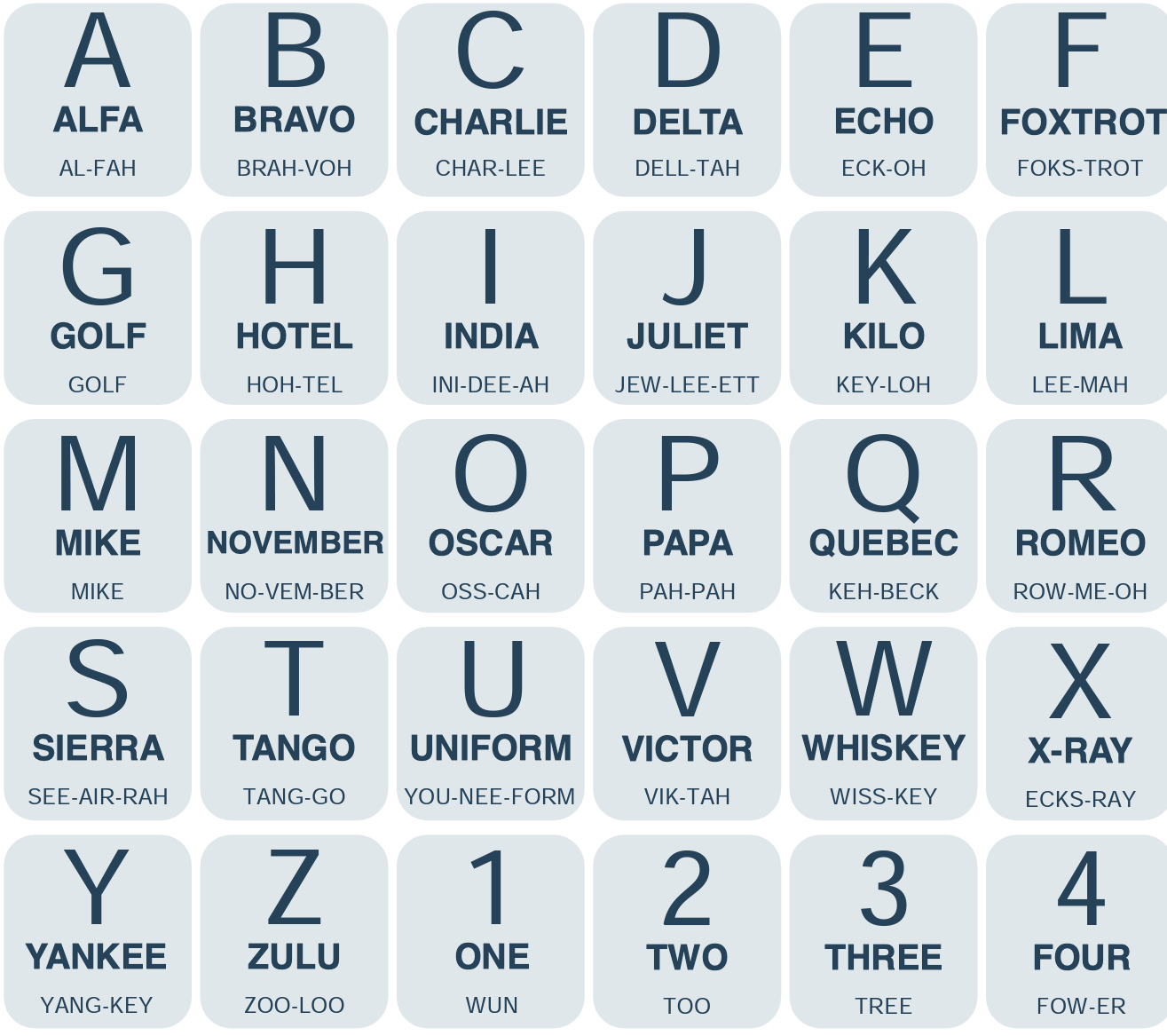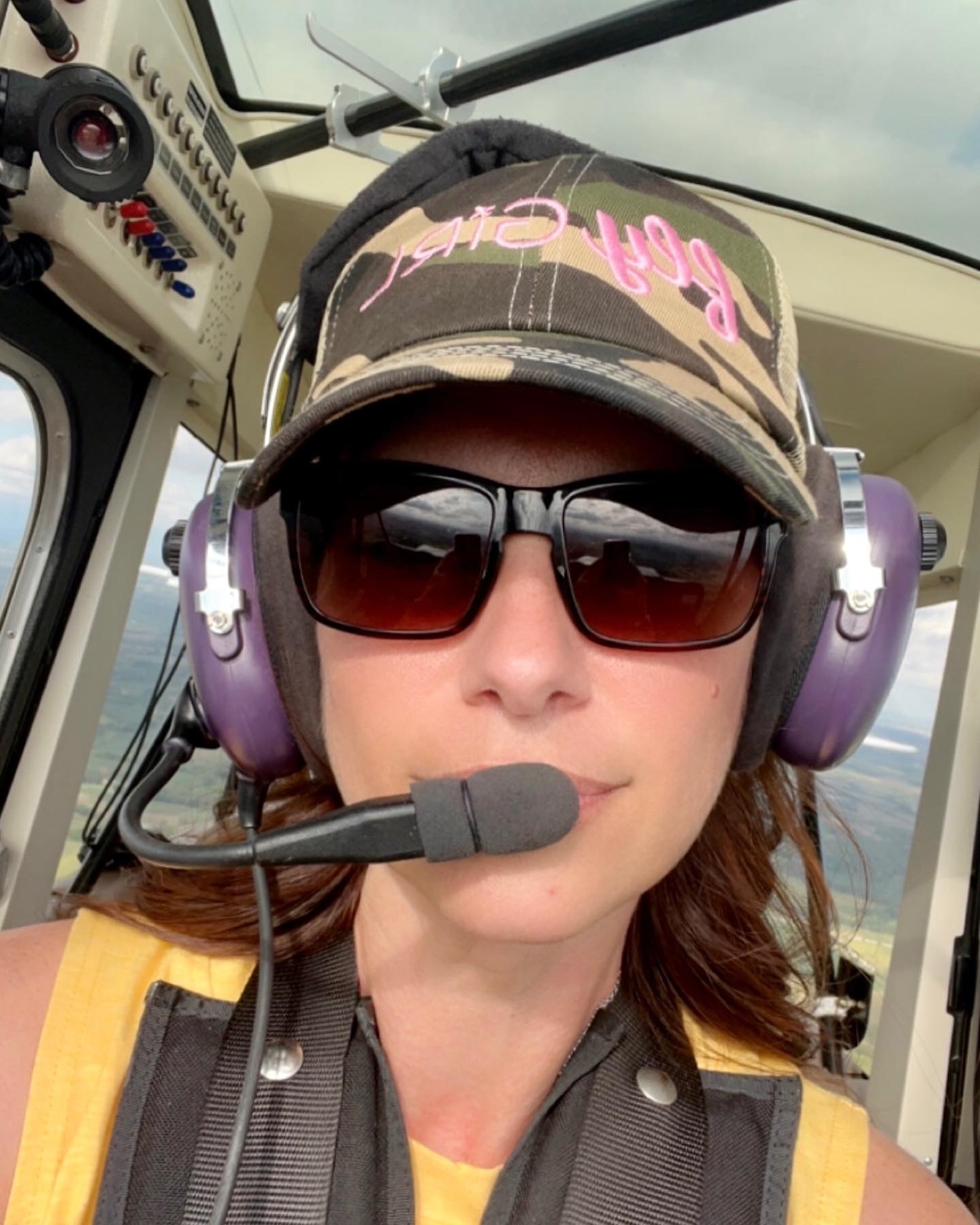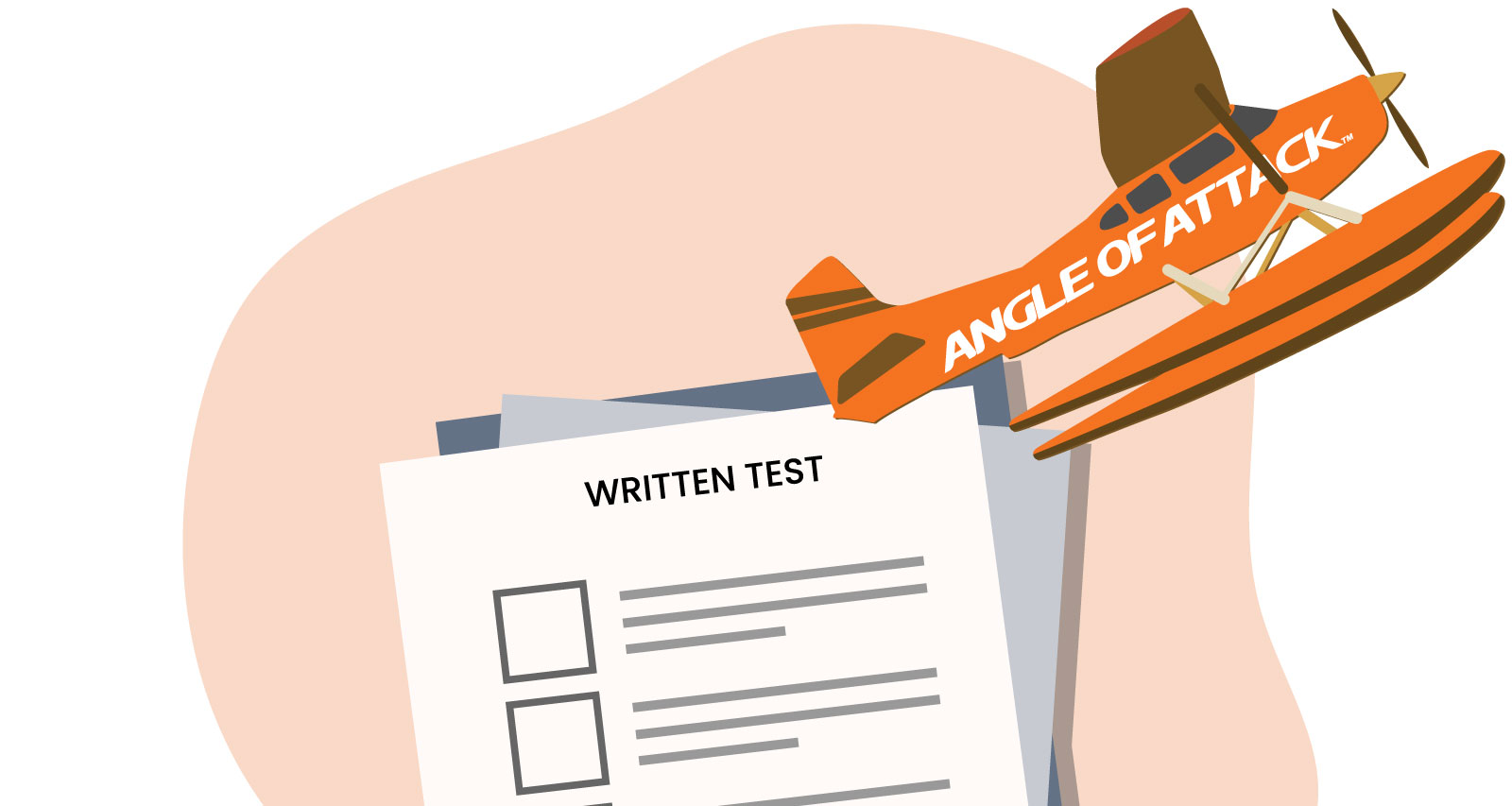
In the world of aviation, clear communication is paramount. Aircrafts fly at high speeds, often crossing multiple time zones, while their crews, ground staff, and air traffic controllers coordinate to ensure safe and efficient air travel. Miscommunication can lead to disastrous consequences. To mitigate such risks, the International Civil Aviation Organization (ICAO) introduced a phonetic alphabet system, known as the ICAO Alphabet. This universal language has become a cornerstone of global aviation communication.
History of Aviation Alphabet
The ICAO Alphabet, also known as the NATO Phonetic Alphabet, traces its roots back to the early 20th century. Initially, there was no standardized system of communication in aviation, leading to confusion and misunderstandings. The first alphabet, introduced during World War I, was the British Royal Navy’s phonetic alphabet, known as the Signaling Phonetic Alphabet. However, this system was not standardized and varied from one organization to another, leading to confusion.
In 1927, the first international phonetic alphabet, known as the International Radiotelegraph Convention Phonetic Alphabet, was introduced. It was comprised of international code words, including Amsterdam for A, Baltimore for B, and so on. However, this system, too, was fraught with inconsistencies and lacked universality.
The Second World War highlighted the need for a more universally understood and standardized phonetic alphabet. In 1941, the US introduced the Joint Army/Navy Phonetic Alphabet, also known as the Able Baker alphabet, which became widely adopted during the war. However, the Able Baker alphabet suffered from its lack of consideration for non-English speakers.
ICAO Alphabet Development and Adoption
The need for a universally understood and easy-to-use phonetic alphabet led to the birth of the ICAO Alphabet. The International Civil Aviation Organization, established in 1947, made it its mission to develop a system that could be understood by all, regardless of linguistic background. This led to an extensive process of testing, consultation, and modification.
In 1956, the ICAO introduced the first version of its phonetic alphabet. However, some of the words chosen, like ‘Bar’ for B and ‘Don’ for D, led to confusion as they sounded similar over poor quality radio transmissions. Following a series of revisions, the final version of the ICAO Alphabet was officially implemented in 1967.
The ICAO Alphabet
Today, the ICAO Alphabet consists of 26 code words, each corresponding to one letter of the English alphabet: Alfa, Bravo, Charlie, Delta, Echo, Foxtrot, Golf, Hotel, India, Juliett, Kilo, Lima, Mike, November, Oscar, Papa, Quebec, Romeo, Sierra, Tango, Uniform, Victor, Whiskey, X-ray, Yankee, and Zulu.

These words were carefully selected through extensive testing, taking into consideration factors such as intelligibility, pronunciation, and distinctiveness. The phonetic alphabet is now used universally in aviation, by pilots, air traffic controllers, and ground staff, to ensure clear and unambiguous communication.
The ICAO Alphabet has also been adopted by other non-aviation fields, like telecommunications, where clear and unambiguous communication is essential. It is used by the military, emergency services, and even in customer service scenarios, to spell out words over the phone or radio.
The ICAO Alphabet is a testament to the importance of clear communication in ensuring safety, efficiency, and coordination in aviation. Its development and adoption required decades of international collaboration, testing, and refinement. The alphabet has become an integral part of aviation and other fields requiring precise verbal communication. The journey of the ICAO Alphabet from a set of disjointed phonetic systems to a universally accepted standard is a compelling story of human collaboration and innovation in the face of global challenges.
In reality, the ICAO Alphabet is a perfect example of how the need for safety, clear communication, and universal understanding can lead to the creation of a system that transcends linguistic and cultural barriers. Today, whether you’re a pilot in Peru or a dispatcher in Denmark, the ICAO Alphabet provides the language of clarity and understanding, connecting our world through the skies. Help yourself out by becoming a master of the aviation alphabet from the best instructors–Angle of Attack!

Karey grew up and obtained her in private pilot’s license in Central Iowa. She fell in love with tailwheel aircraft during her primary training and obtained a tailwheel endorsement the week following her private pilot checkride. She is eager to obtain her seaplane rating and is merging her passion for flying with her prior work career. Karey has a background in marketing, editing, and web design after graduating from Simpson College. When she is not flying or working, Karey enjoys anything related to technology and admits she can be a bit of a nerd. She also has discovered a love for virtually all outdoor pursuits, with a special fondness for climbing, shooting, and hiking.

Stay Connected
Be the very first to get notified when we publish new flying videos, free lessons, and special offers on our courses.





